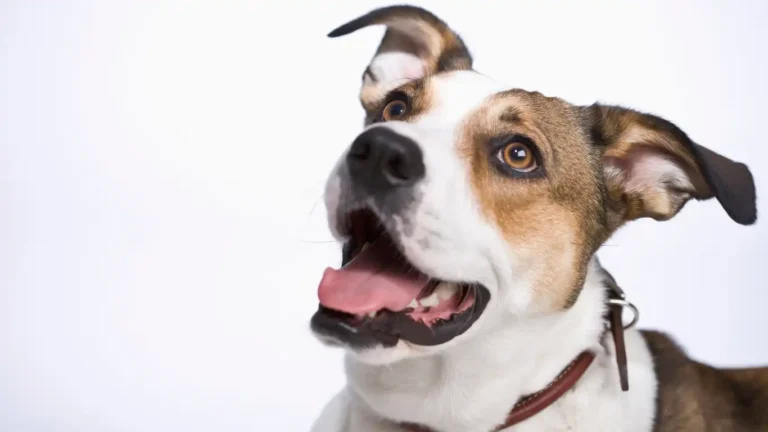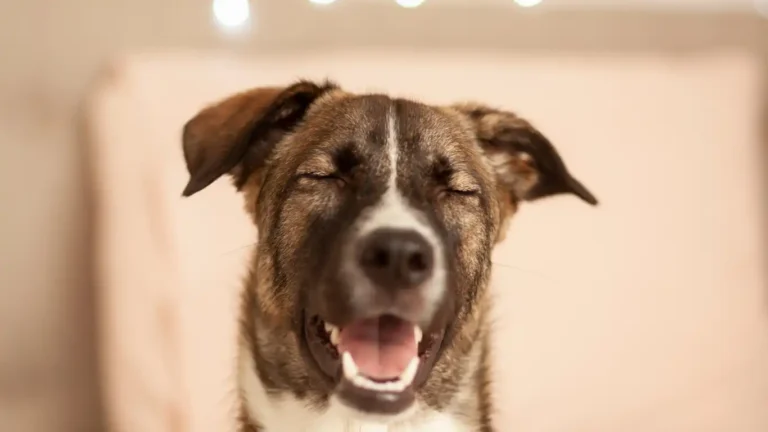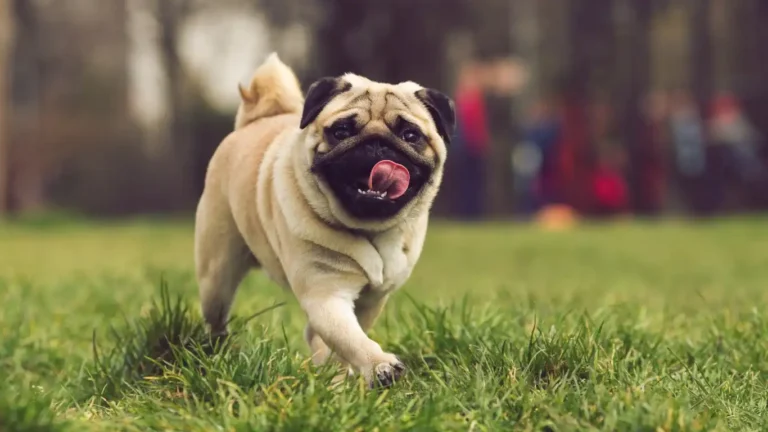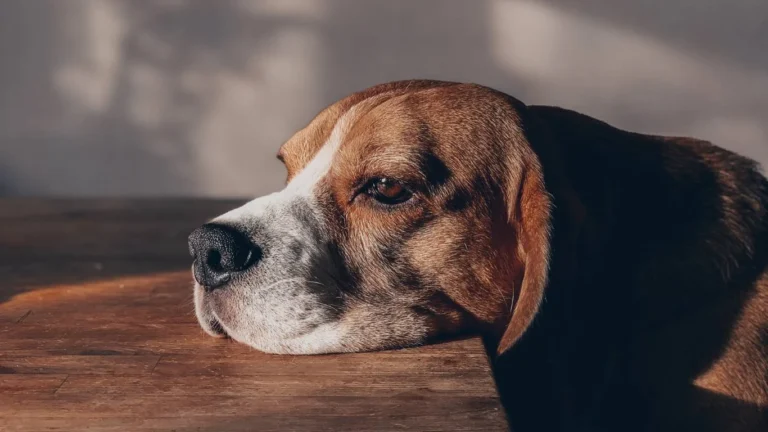How to Treat Minor Burns on a Dog’s Skin Safely and Effectively
Accidents happen fast—especially when you’ve got a curious pup in the house. One minute they’re sniffing around the kitchen, and the next thing you know, they’ve brushed up against something hot. As someone who’s spent years working as a Veterinary Assistant with a focus on pet nutrition and care, I’ve seen more than a few singed paws and scorched fur. So today, I’m walking you through exactly how to treat minor burns on a dog’s skin. We’re keeping this practical, hands-on, and stress-free—for both you and your pup.
First Things First: Identify the Severity
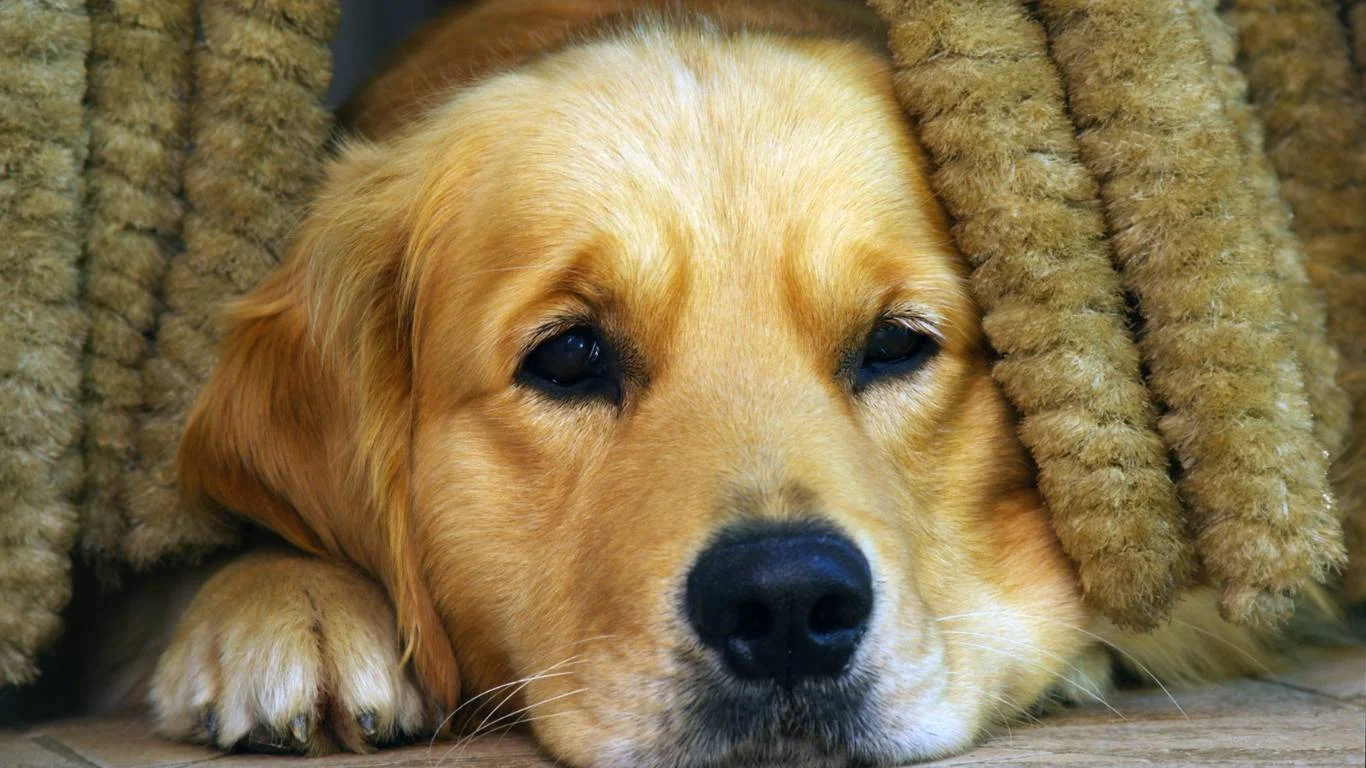
Not all burns are created equal. And trust me, I’ve had panicked pet parents rush in thinking their dog needed emergency surgery, when it turned out to be a superficial contact burn from a hot pan. On the flip side, I’ve also seen folks underestimate the damage because “it didn’t look too bad.” Understanding the type of burn helps you respond appropriately.
Types of Burns You Might See
- First-degree: These are surface-level burns. The skin may be red, slightly swollen, and warm to the touch. Kind of like a mild sunburn.
- Second-degree: These burns go a bit deeper and may blister. They’re more painful and require more involved care.
- Third-degree: These are severe burns that damage all layers of the skin. The area may look white, charred, or leathery. Definitely a vet emergency.
If you’re ever unsure, just call your vet. It’s better to ask than guess—especially with burns.
Start with Immediate First Aid

Okay, assuming it’s a minor burn and your pup doesn’t need to be rushed in, here’s what you do right away. I’ve walked dozens of pet owners through this in clinic rooms, and it really helps calm nerves to have a clear plan.
Step-by-Step: What To Do Right After the Burn
- Cool the area immediately. Use cool (not cold) water. Run it over the burn for about 10–15 minutes. If you’re not near a sink, a cool compress works too. The goal is to stop the heat from continuing to damage tissue.
- Don’t apply ice or butter or any home remedy. I’ve seen so many pet parents reach for old-school solutions like butter or essential oils. Please don’t. It can trap heat and make things worse—or irritate the skin.
- Gently pat the area dry. Don’t rub. Just blot with a clean towel or gauze.
- Trim fur if needed. Only if the area isn’t too painful, you can carefully trim fur around the burn to prevent matting and contamination. Use blunt-tip scissors and be super gentle.
And let’s be honest—most dogs are not thrilled to have their paw or belly rinsed for ten minutes. If your pup is anxious or squirmy, wrap them in a towel burrito-style with just the injured area exposed. It’s a little trick I’ve used countless times in clinic.
Apply a Pet-Safe Burn Ointment
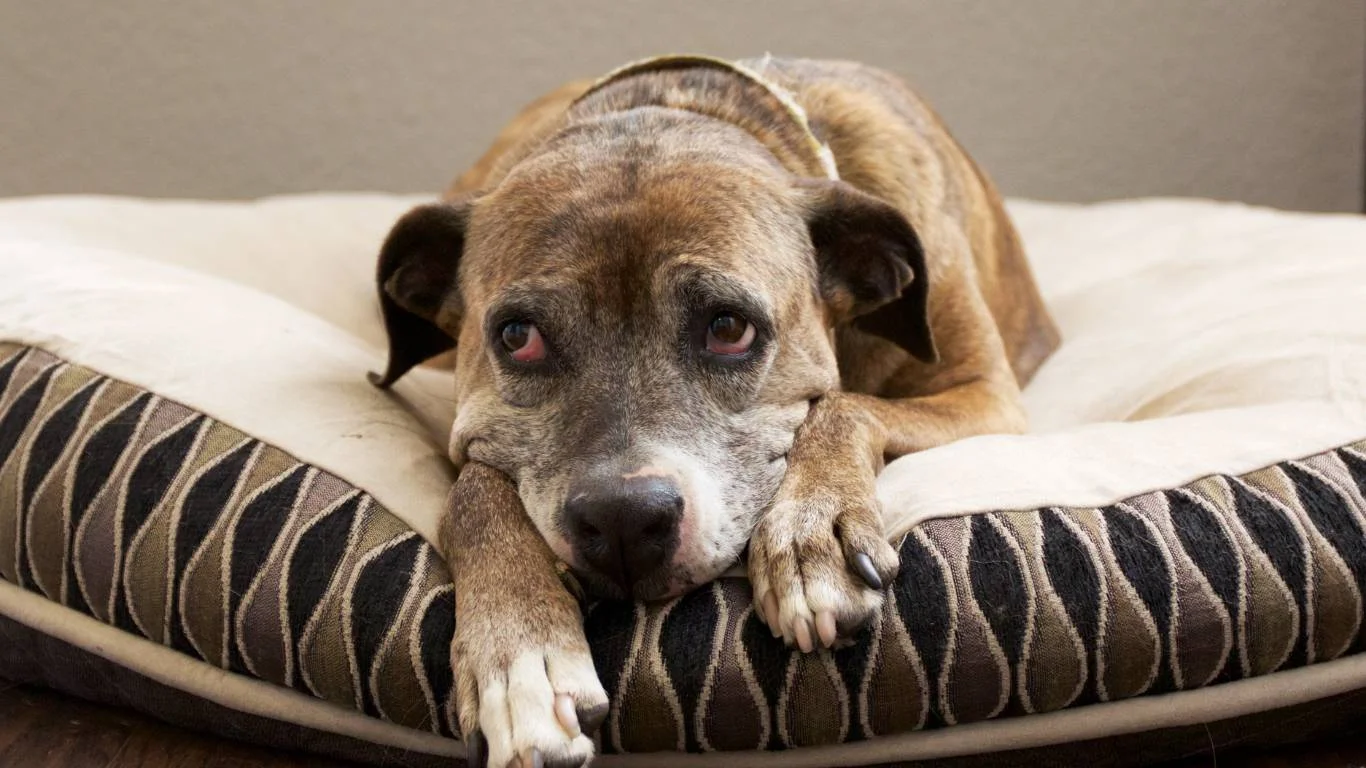
After the burn is cooled and dry, the next step is applying a topical treatment. You’ve got to be careful here. Not everything that’s safe for human skin is safe for dogs. I’ve seen reactions from well-meaning pet parents using Neosporin or aloe gel with additives that aren’t pet-friendly.
What To Use (And Avoid)
- Use: Pet-safe burn creams or healing balms labeled for canine use. Look for ones with aloe vera, vitamin E, or honey-based formulas. Some of my favorite vet-approved ones are silver sulfadiazine creams and certain veterinary healing salves.
- Avoid: Anything with lidocaine, hydrocortisone, or tea tree oil. These can be toxic to dogs, especially if licked.
Pro tip from the treatment room: I always recommend using a cone (Elizabethan collar) or a soft recovery collar to keep your pup from licking the area. Even if the ointment is safe, licking slows down healing and introduces bacteria.
Keep the Area Clean & Monitor for Infection
Just like with humans, burns on dogs can get infected if not kept clean. I remember one little Jack Russell who came in with what started as a minor stovetop burn but turned into a nasty infected wound because the owner thought it was healing fine… until it clearly wasn’t.
Signs of Infection to Watch For:
- Swelling that’s getting worse, not better
- Redness spreading beyond the original burn
- Oozing pus or foul odor
- Visible discomfort or the dog obsessively licking the spot
If you see any of these, don’t wait it out. Call your vet. Infections can escalate quickly and require antibiotics or professional cleaning.
In my experience, keeping the area dry, avoiding excessive ointment buildup, and using breathable bandages when necessary can make a huge difference in healing time. And of course, regular check-ins—whether with your vet or at home—are key.
Bandaging a Minor Burn (When and How to Do It Right)
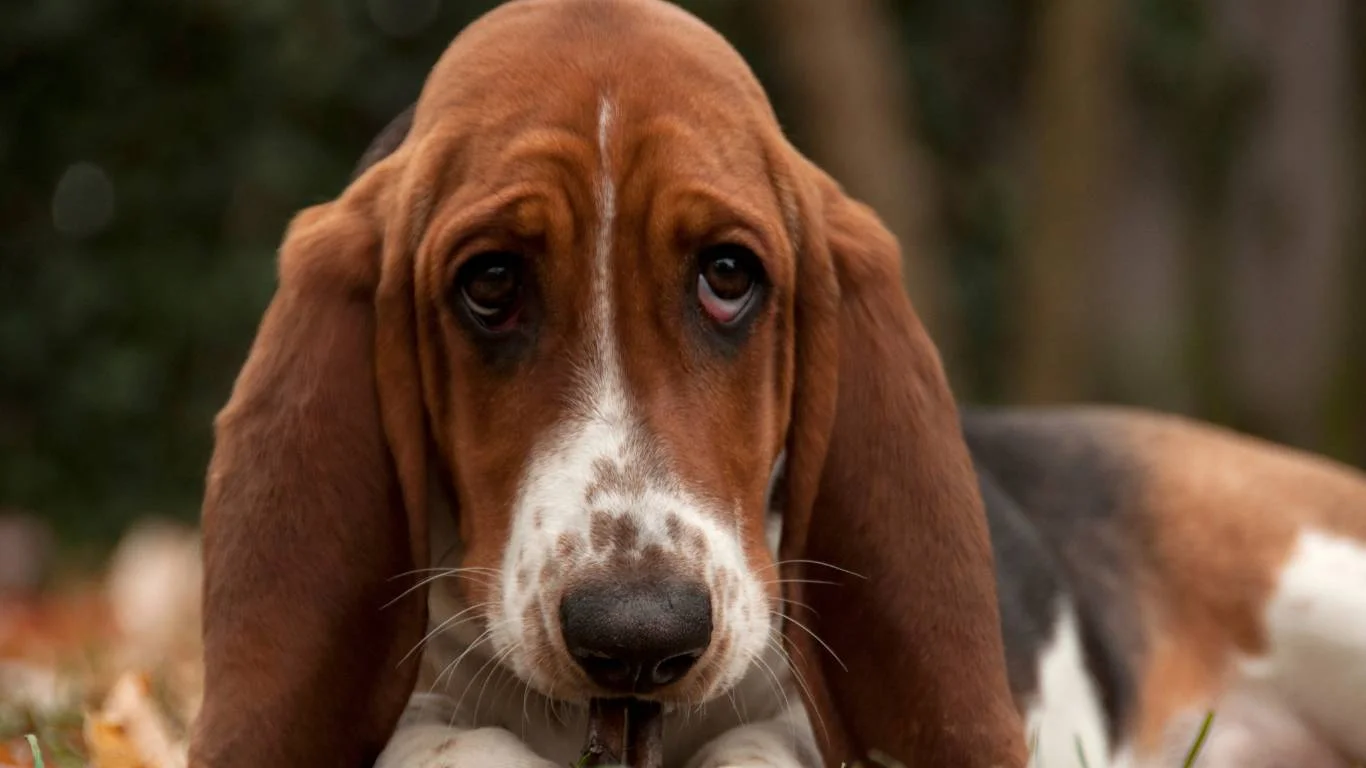
Now, let’s talk bandages. Do you always need one? Not necessarily. For minor burns, sometimes air is the best healer. But if the wound is on a paw that touches dirty floors, or your dog is a constant licker (hello, Labrador Retrievers), a light bandage can help protect it and speed up healing.
Back when I worked in clinic triage, we’d assess whether a wound needed to “breathe” or needed a barrier. Dogs with high-energy lifestyles—like the ones that can’t resist a puddle or mud pit—were usually better off with a soft, breathable wrap.
Simple Steps for Burn Bandaging
- Use sterile gauze to lightly cover the burn. Don’t use cotton balls—they can stick and cause more irritation.
- Wrap with vet wrap or self-adhesive bandage. Keep it snug but not tight. You want circulation flowing normally.
- Change the bandage daily. Check for signs of infection or irritation, and allow the area to breathe in between changes if it’s healing well.
Also, pro tip: try covering the bandaged paw with a clean sock secured loosely with tape during walks. It helps keep out debris and keeps your dog from tearing it off in five seconds flat.
Managing Your Dog’s Pain and Comfort
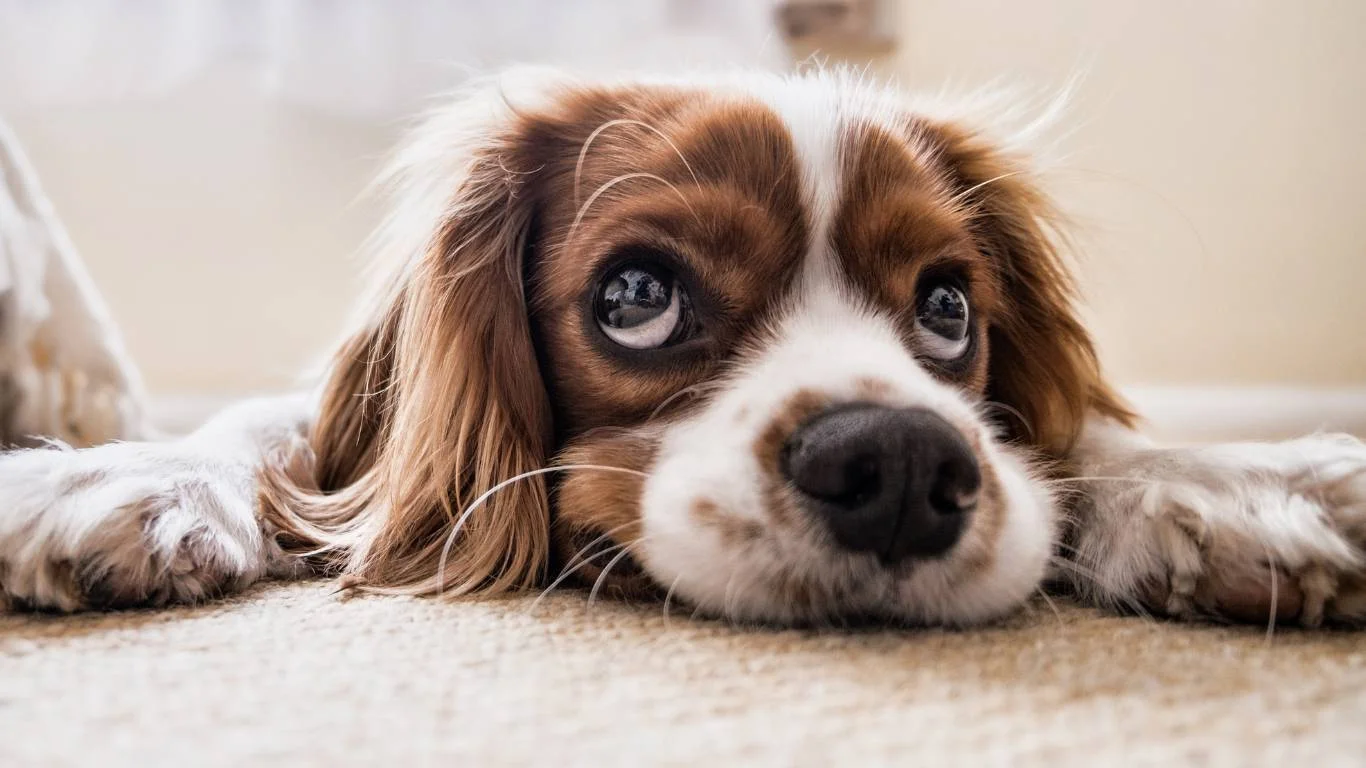
Okay, let’s talk about the emotional side of healing—because that matters too. Minor burns might not seem like a huge deal to us, but to your dog? That sore spot can be confusing, frustrating, and painful. I’ve seen dogs act out, get clingy, or withdraw a bit while healing.
How to Help Your Dog Feel Better
- Keep them cozy. Offer a soft place to rest away from busy or high-traffic areas. Less movement means faster healing.
- Limit activity if needed. If your dog’s normally zooming around the yard, give them a reason to chill—like puzzle toys or a frozen peanut butter Kong.
- Don’t give human meds. Please don’t reach for your Tylenol or ibuprofen. These can be extremely toxic to dogs. Always call your vet if you think your dog needs pain relief.
From experience, many minor burns don’t require pain medication beyond topical relief, but your vet can offer a proper assessment. When I worked alongside a vet who specialized in dermatological care, they often recommended cooling gels or veterinary pain sprays for dogs who were super sensitive to touch after a burn.
Natural Remedies: What Actually Works
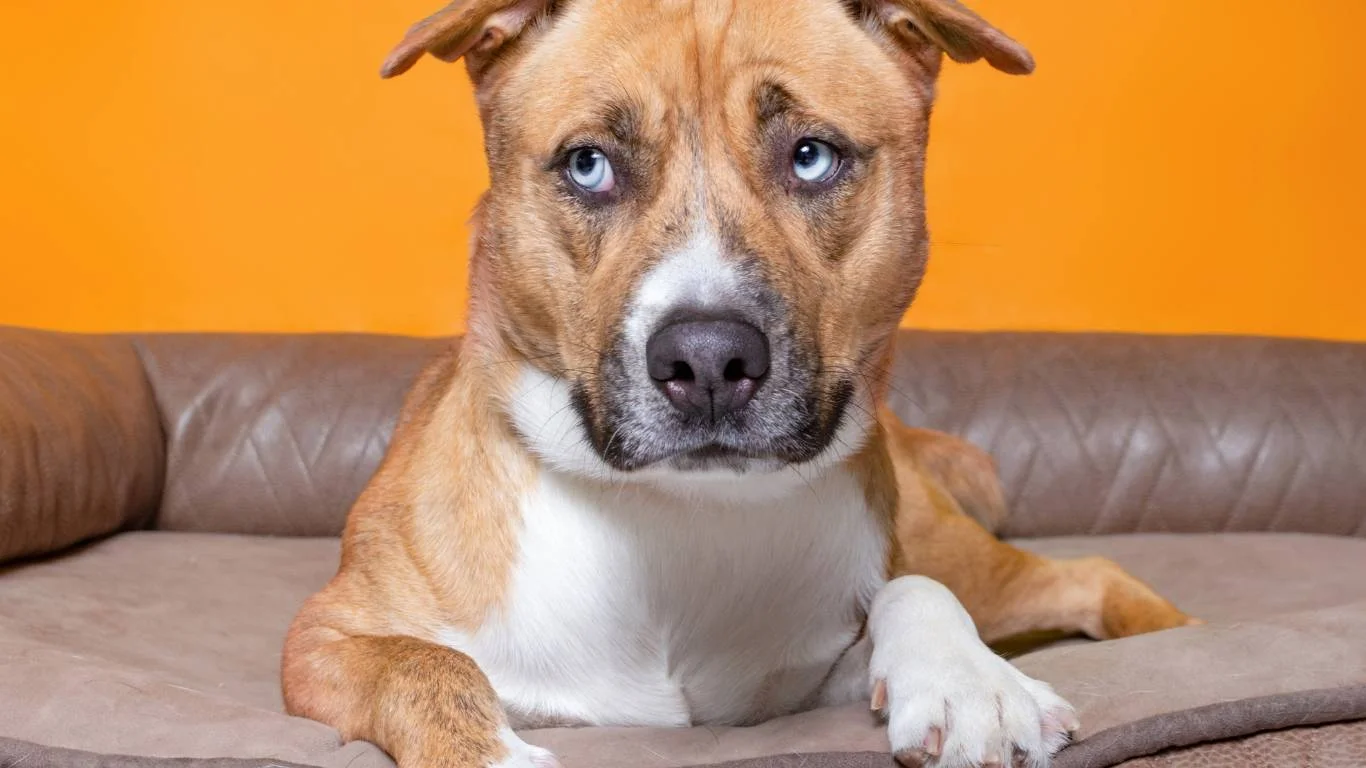
A lot of pet parents these days are interested in more natural healing options—and I totally get it. I’m all about gentle, non-toxic care, as long as it’s safe and approved for dogs. I’ve had great success recommending certain natural remedies over the years, but there’s a fine line between helpful and harmful.
Safe Natural Burn Remedies for Dogs
- Manuka honey: One of the best natural wound healers. It’s antimicrobial and soothing. Just make sure to get veterinary-grade versions if possible.
- Aloe vera (pure, no additives): The keyword here is pure. No alcohol, fragrance, or preservatives. If in doubt, skip it unless it’s specifically made for dogs.
- Calendula creams: These can be soothing, but again, make sure they’re pet-safe and used under guidance.
One time, a client came in with a Boxer who had a stovetop burn and had been slathered in lavender oil. The poor dog had developed a rash from it—and lavender, while “natural,” is not always skin-safe for dogs. Lesson? Always double-check or call your vet before going the DIY route.
Supporting Recovery Through Nutrition
Here’s where my nutrition focus kicks in. You’d be amazed how much diet can impact healing—especially skin repair. Burned skin is essentially damaged tissue, and the body needs the right building blocks to heal it properly.
Foods That Help with Skin Healing
- High-protein diets: Protein helps rebuild tissues. If your dog’s on a low-protein diet for some reason, talk to your vet about temporarily adjusting it.
- Omega-3 fatty acids: Found in fish oils, these support skin health and reduce inflammation.
- Vitamin E and Zinc: These support skin regeneration. Some therapeutic veterinary diets include boosted skin-support blends.
In clinic, I often recommended brands like Royal Canin Skin Support or Hill’s Derm Complete for dogs recovering from skin trauma. But even simple things like adding a spoonful of plain cooked salmon or a vet-approved supplement can give your pup an extra healing edge.
Also—hydration! Make sure your dog is drinking enough water. Healing takes resources, and water plays a big part in tissue repair and circulation.
When to Call Your Vet (Even If It Looks Minor)
Look, even if it *seems* like just a tiny burn, dogs can surprise you. I always say: when in doubt, reach out. One of the most common things I heard in the clinic was, “I didn’t think it was serious until…” That’s exactly when small things become big problems.
Red Flags You Shouldn’t Ignore
- Blistering or skin sloughing off
- Unusual lethargy or disinterest in food
- Persistent licking, crying, or agitation
- Worsening redness, pus, or smell
Trust your gut. If something seems off—or if you’re just not sure—get a vet’s opinion. That’s what we’re here for. I’d always rather see a dog early and reassure you it’s healing fine than see them later when it’s infected and harder to treat.
And remember, just because it’s a “minor” burn doesn’t mean your dog doesn’t need TLC. Whether it’s a quick first aid fix or a few days of extra care, you’re doing right by your pup. That connection you build during the healing process? It’s powerful. I’ve seen it deepen bonds in the sweetest ways.
Preventing Future Burns: Let’s Keep It From Happening Again
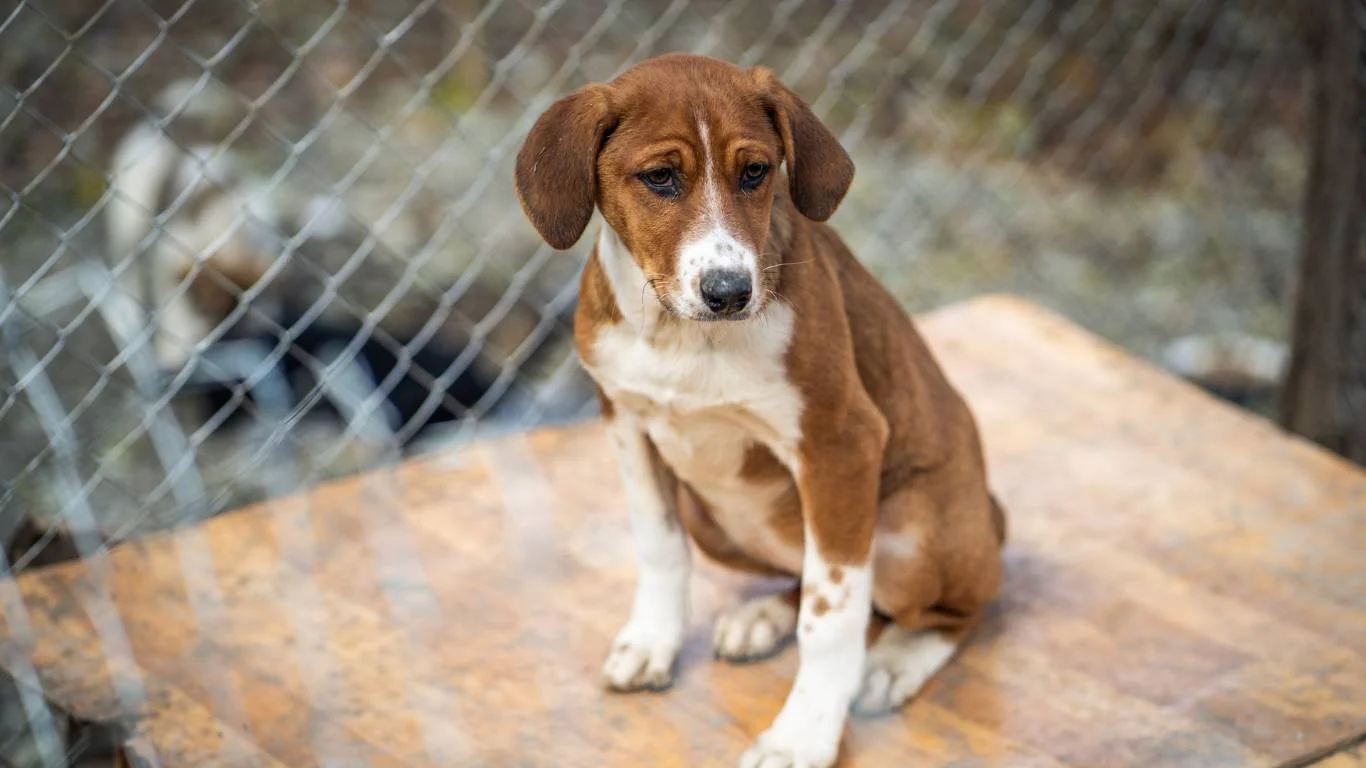
After going through the stress of treating a minor burn on your dog’s skin, you’re probably thinking, “How do I make sure this never happens again?” Honestly, prevention is something I’ve talked about almost as much as treatment. Most burns we treated at the clinic were completely avoidable—and I say that with love, not judgment. We all get distracted, and dogs are curious little furballs.
Common Burn Hazards in the Home
- Hot stovetops: Dogs jumping up or brushing against a stove while you’re cooking.
- Space heaters and fireplaces: Especially dangerous in winter. Dogs love warmth but don’t understand heat levels.
- Spilled coffee or tea: Yep, I’ve seen more than one pup scalded by a mug knocked off the table.
- Chemical burns: From household cleaners, lawn treatments, or topical flea products not meant for dogs.
I once treated a Golden Retriever who had singed her tail after backing into a lit candle—during a dinner party, no less. She was fine, thankfully, but it was a real reminder to keep open flames far from wagging tails.
Simple Ways to Dog-Proof Your Space
- Use stove knob covers and back burners when cooking.
- Block access to space heaters or fireplaces using baby gates or pet playpens.
- Supervise pets in the kitchen, especially around hot food or liquids.
- Keep cleaners and yard chemicals locked away and rinse paws after lawn treatments.
A few small changes can go a long way. Trust me, the best burn care is never needing it in the first place.
What Healing Should Look Like (And What’s Not Normal)
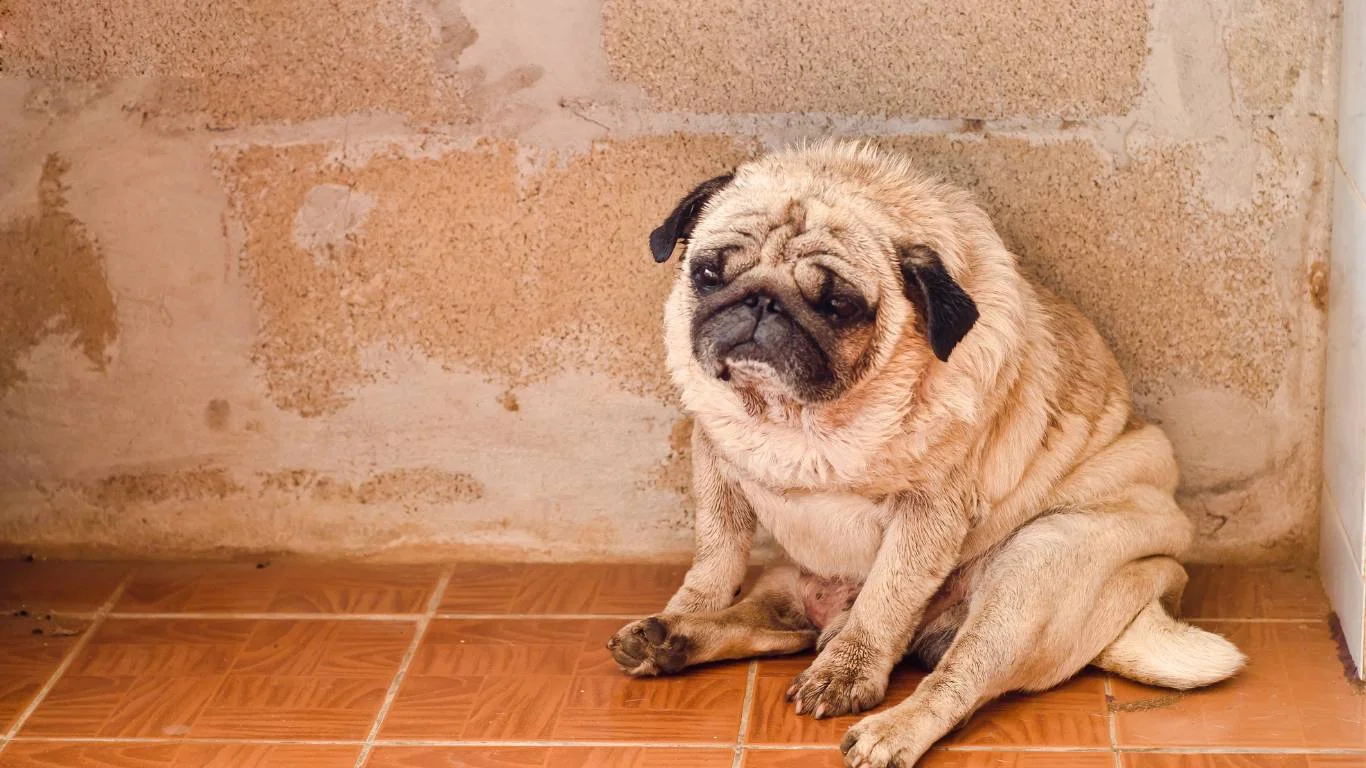
Let’s zoom in on the healing timeline. I’ve seen pet parents get super anxious when they don’t see improvement overnight—or panic when scabbing starts. So here’s what’s generally normal, and what’s not.
Typical Healing Progress for Minor Burns
- Days 1–3: Redness, swelling, maybe some sensitivity. This is the inflammatory stage.
- Days 4–7: Scabbing may form. It might look dry or flaky. This means the body is sealing the wound.
- Week 2: Skin starts to regenerate. You’ll notice new skin underneath as the scab peels naturally.
- Week 3 and beyond: Hair might begin to grow back, depending on the depth of the burn.
If your dog’s burn isn’t improving after a week, or if it seems to be getting worse—like spreading redness or a nasty smell—it’s time for a re-check. Healing isn’t always linear, but delayed healing usually means there’s something going on beneath the surface.
I’ve had more than a few patients where we caught low-grade infections just because the pet parent trusted their instincts and brought them in. Always better safe than sorry.
Burn Scars: Will the Fur Grow Back?
Ah, the million-dollar question. A lot of people ask me this after treating a burn: “Will the fur come back?” The answer? It depends on how deep the burn was and whether hair follicles were damaged.
For first-degree burns, fur usually grows back just fine. With second-degree burns, it might take longer, and there may be some thinning. Third-degree burns often result in permanent bald spots or scarring.
There are some topical products that can help promote regrowth, especially those with biotin, vitamin E, and natural oils designed for dogs. But keep your expectations realistic. Your dog doesn’t care about a small bald patch—but if you’re concerned, your vet or a veterinary dermatologist can offer options.
How to Emotionally Support a Healing Pup
Let’s not forget: pain and recovery aren’t just physical. I’ve seen plenty of dogs act differently after an injury. Some become clingy. Others withdraw or get snappy. And honestly, who can blame them? They’re confused, sore, and maybe frustrated.
Simple Comfort Tactics That Really Help
- Stick to routine. Dogs thrive on predictability. Keep walks, meals, and cuddle time consistent.
- Offer extra comfort. A warm blanket, favorite toy, or a little peanut butter puzzle can go a long way.
- Watch for behavior changes. If your dog seems unusually moody, avoid punishment and talk to your vet or trainer for advice.
I once worked with a senior Schnauzer who stopped eating for two days after a minor burn. Turned out, it wasn’t about pain—it was stress. Once we added more one-on-one time and gentle reassurance, her appetite bounced right back.
References
Disclaimer
The information provided in this article is based on my personal experience as a veterinary assistant and is for educational purposes only. It does not substitute professional veterinary advice, diagnosis, or treatment. If your dog has sustained a burn or is showing any signs of infection or distress, please consult your veterinarian immediately. Always err on the side of caution when it comes to your dog’s health and well-being.

